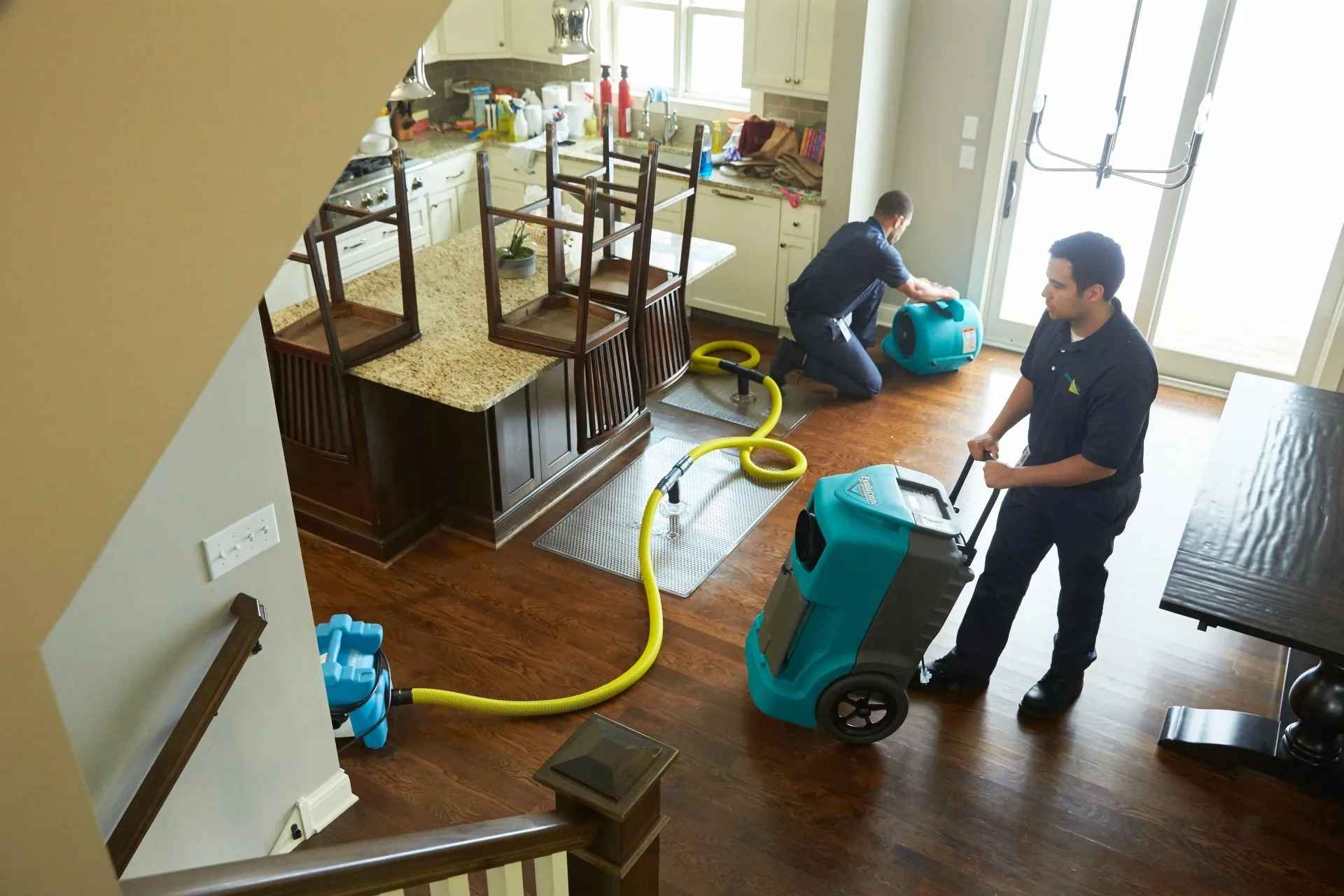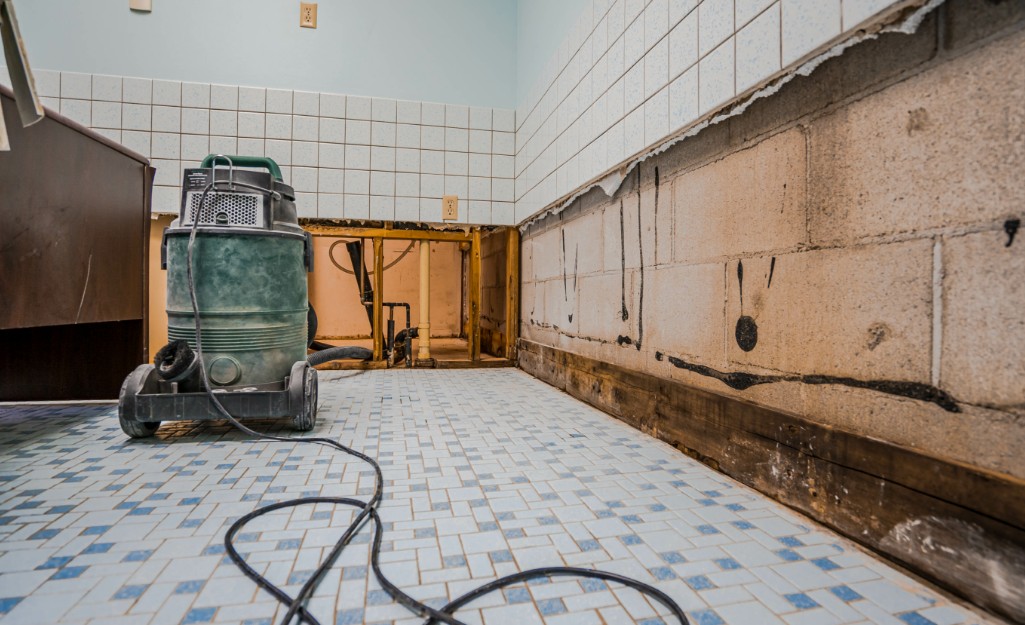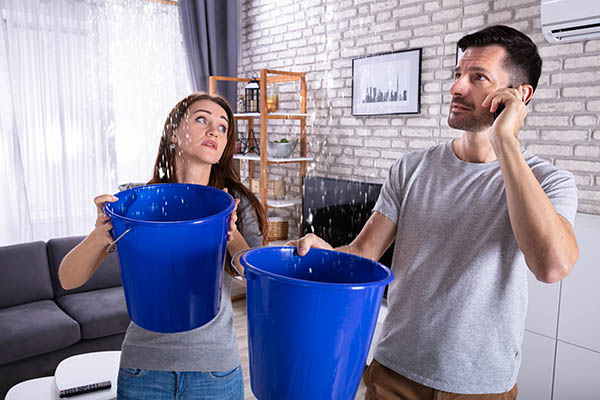A detailed guide to choosing the right Flood Cleanup Services provider
Wiki Article
Water Damage Restoration 101: Comprehending the Process and Cost
Water damage can strike all of a sudden, leaving homeowners in a state of confusion. Comprehending the remediation process is important for effective healing. From assessing the damage to picking the best solution company, each action affects the total result and expense. Factors such as the kind of water damage and necessity additionally play a considerable duty. What are the specific techniques made use of in repair, and exactly how can one prepare for possible costs?Sorts Of Water Damage

First Assessment and Inspection

Water Extraction Techniques
Adhering to the preliminary evaluation, effective water removal methods are employed to reduce damage and stop further concerns. These methods involve using specialized devices such as industrial-grade vacuums and completely submersible pumps - Mold Remediation After Water Damage. The option of technique depends on the quantity of water existing and the type of products impacted. For standing water, completely submersible pumps are commonly used for rapid elimination, while vacuums are perfect for removing water from rugs and furniture. In addition, progressed techniques like water removal floor coverings might be utilized for hard-to-reach locations - Flood Cleanup Services. The goal is to eliminate as much water as feasible, minimizing the capacity for mold development and architectural damage. Prompt and effective water extraction is essential in the overall water damage remediation processDrying and Dehumidification Process
Once the water extraction is total, the drying and dehumidification process ends up being vital to recovering the affected area. This phase typically employs industrial-grade dehumidifiers and air moving companies to successfully reduce moisture degrees. The dehumidifiers attract wet air, removing excess moisture, while air movers flow air to speed up dissipation. Monitoring equipment is usually utilized to track moisture and temperature levels, guaranteeing perfect drying out problems. The period of this procedure can vary relying on the degree of the water damage and ecological factors. It is necessary to extensively dry all impacted materials, including walls, floor covering, and home furnishings, to protect against mold and mildew development and structural damage. Proper implementation of this action is vital for a successful remediation result.Cleaning and Disinfecting Afflicted Areas
Once the drying out process is total, a thorough preliminary assessment and examination of impacted areas is vital to determine contamination degrees. Reliable cleansing strategies and proper items have to then be used to get rid of debris and stains. Sanitization and sanitation techniques are crucial to guarantee that dangerous pathogens are eliminated, recovering the area to a risk-free condition.First Evaluation and Examination
Before beginning any type of remediation initiatives, an extensive first analysis and evaluation of the impacted locations are vital for effective cleansing and disinfecting. This procedure includes determining the degree of water damage, identifying the resource of the water breach, and assessing the materials impacted. Examiners commonly look for indications of mold and mildew development, architectural honesty issues, and damaged possessions. The assessment likewise consists of examining moisture degrees making use of specialized tools to guarantee no covert water pockets continue to be, as these can lead to additional difficulties. Documenting the searchings for is crucial for planning the next actions in the remediation process. An in-depth preliminary evaluation enables repair professionals to devise a targeted technique for effective cleaning and disinfecting, inevitably minimizing damage and health and wellness dangers.Cleaning Strategies and Products
Effective cleansing and disinfecting of water-damaged areas require a variety of products and strategies customized to the specific products impacted. For permeable surface areas like drywall and carpets, extraction techniques are necessary to get rid of excess dampness, adhered to by deep cleansing with specialized cleaning agents. Non-porous products such as floor tile or steel can be cleaned using commercial-grade cleansers that properly get rid of pollutants. Vapor cleansing is another reliable method, specifically for rugs and furniture, as it makes use of heats to get rid of germs and mold and mildew (Water Damage Restoration). In addition, eco-friendly items are significantly preferred for their safety and security and effectiveness - Water Damage Restoration. Inevitably, picking the ideal cleaning approaches and items not just ensures instant tidiness but likewise aids in avoiding further damage and carcinogen linked with water invasionSanitization and Disinfection Techniques
When dealing with water damage, proper sanitization and sanitation methods are important to guarantee the safety and security and health and wellness of the damaged environment. After first cleaning, surfaces have to be treated with suitable anti-bacterials to get rid of virus, mold, and bacteria that grow in wet conditions. Common techniques consist of the usage of EPA-approved chemical disinfectants, which can be applied with splashing or cleaning techniques. Additionally, ultraviolet (UV) light systems can efficiently sanitize locations by reducing the effects of bacteria without harsh chemicals. The choice of method commonly relies on the kind of products influenced and the extent of contamination. Ultimately, detailed sanitization not just restores a secure space yet also aids prevent future health risks linked with remaining moisture and mold growth.
Fixings and Restoration Options
Assessing the damage brought on by water exposure is important for identifying the appropriate fixings and restoration choices. House owners might encounter various issues, click resources consisting of harmed drywall, deformed floor covering, and compromised structural elements. Depending on the extent of the damage, repair work may involve replacing sections of drywall, mounting brand-new floor covering, or reinforcing structural beams. In situations of extreme damage, complete replacement of afflicted materials might be required. Additionally, professional restorers usually advise making use of dampness meters to examine concealed wetness degrees prior to selecting the most effective program of action. It is important to act immediately to avoid mold development and further degeneration. Selecting the best options not just brings back the residential or commercial property but additionally assures long-lasting safety and functionality.Variables Affecting Restoration Prices

The level of water damage straight impacts the remediation costs house owners can anticipate to incur. Aspects such as the resource of the water, the duration of direct exposure, and the damaged materials substantially influence pricing. Tidy water damage from a broken pipe is normally much less costly to bring back contrasted to damage created by sewer. In addition, the degree of contamination dictates the requirement for specialized cleaning and disposal solutions, additionally raising expenses. Geographic place likewise contributes, as local labor prices and availability of remediation services can vary. Lastly, the necessity of the feedback impacts prices; quicker treatments generally result in reduce overall expenditures by preventing further damage. Recognizing these factors is vital for property owners when estimating remediation prices.
The 3 main types of water damage are categorized based on contamination degrees: tidy water, gray water, and black water. An extensive initial assessment and inspection are vital steps in the water damage restoration procedure. For standing water, completely submersible pumps are normally used for rapid removal, while vacuum cleaners are perfect for drawing out water from carpets and furniture. The level of water damage straight influences the remediation sets you back property owners can anticipate to incur. Tidy water damage from a broken pipeline is typically much less pricey to recover contrasted to damage triggered by sewage.
Report this wiki page